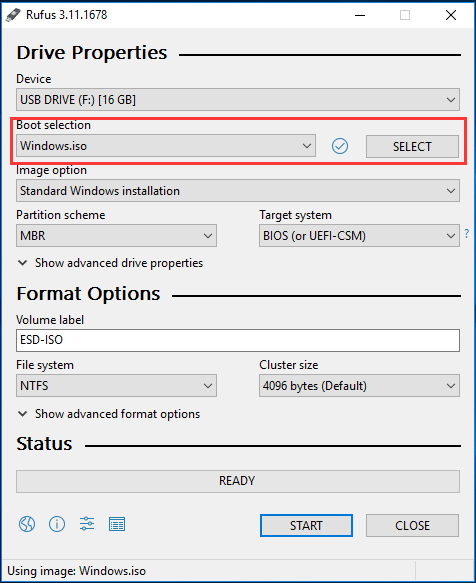

The Windows Installer will prepare to Install:Īccept the License Agreement and select Next: Otherwise you can go to the Downloads folder and launch the setup directly: Bitlocker Encyption is only available in Windows 10 Pro. A Clean Install of Windows 10 Version 1809 was performed and a Microsoft Account was used meaning Bitlocker was automatically applied to the OS Boot Drive and the Desktop, Documents and Pictures Folders. The System is an OptiPlex 7040 with a Windows 10 Pro OEM License. I can also open it up in Windows Explorer. Here I can see my OS Boot Drive on Drive 0, it has a Recovery Partition, needed to boot to the OS, the OS itself and a OEM Partition.

I am going to right click the start button and select Disk Management: Your system will already have a SSD installed if you only have a M.2 slot. These use the same connectors as the 2.5 " Drives, you just need a spacer Older systems with a clunky 2.5" mechanical HDDs are slightly thicker however the Crucial SSD comes with the spacer (if required) These are now affordable and I recommend the Crucial MX500 (click see more below for Amazon affiliate links, please use these as it will help fund the website costs and test hardware needed to keep my Windows Reinstallation Guides up to date). I personally would avoid 120 GB SSDs or less. You can run Windows 10 comfortably with a 250 GB SSD however if you need to store more files on it the 500 GB-1000 GB is recommended.
#Rufus create boot partition on ssd manuals
Dell offer great Service Manuals especially for their business range of products (but usually the home models also). Some systems such as Tablets have the drive soldered onto the motherboard and are non-upgradable. It can be slightly more difficult with Laptops, where you need to be careful how you take off the cover and may need to disconnect the battery first. You should check your System Manual to determine what drive types are compatible – usually 2.5" or M.2.Īlso check how easy, the system is to open to get to the drives it's usually very easy with Desktops, where you slide off the cover and get right to the drives.


 0 kommentar(er)
0 kommentar(er)
